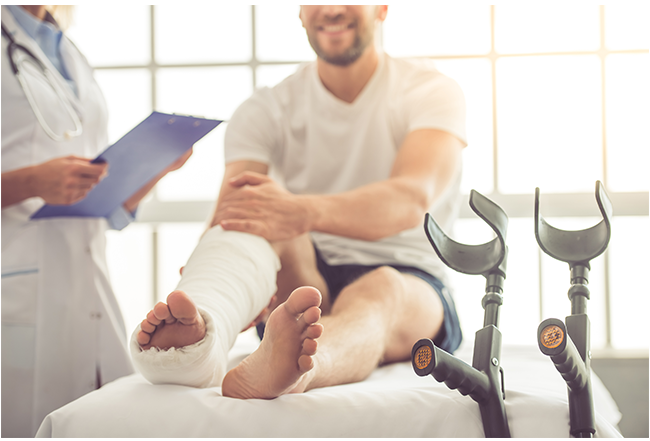
Acute traumas in sports can happen suddenly and often lead to serious problems for players. These traumas can vary from twists and strains to fractures and concussions. To help reduce these injuries, it is essential to implement targeted protective strategies. These strategies focus on education, appropriate preparation, gear use, and overall health maintenance. By addressing these important areas, players can significantly lower their risk of experiencing acute injuries while engaging in their beloved sports.
One successful method to minimizing the risk of injuries is through education. Players, coaches, and guardians should be educated about the typical types of traumas associated with particular activities. Understanding the dynamics of these traumas allows all involved to recognize the indicators and symptoms early. Educational workshops or seminars can help teach players about correct techniques and the significance of preparing up before matches or practices. This knowledge empowers players to take charge for their safety and motivates them to express any worries about potential traumas.
Another crucial preventive strategy is proper preparation. Athletes should engage in a comprehensive conditioning program that focuses on developing strength, flexibility, and endurance. Strength conditioning assists build the muscles that support joints, lowering the likelihood of traumas. Flexibility routines, such as stretching, can enhance the scope of motion and decrease the chance of muscle tears. Additionally, players should integrate sport-specific drills that simulate game situations, which can help them become more acquainted with the movements involved in their chosen activity. Coaches play a vital role in developing and implementing these training programs to ensure they are secure and effective.
The use of appropriate gear is also vital in preventing acute traumas in athletics. Athletes should consistently wear the appropriate equipment for their particular sport, including helmets, pads, and proper footwear. For instance, gridiron players need helmets to shield against head injuries, while football players require shin guards to protect their legs from impact. It is crucial that equipment fits correctly and is maintained regularly to ensure it provides the intended safeguarding. Trainers and guardians should encourage players to take the effort to select and wear the right gear to minimize their chances of trauma.
In addition awareness, training, and equipment, maintaining overall well-being is crucial for injury avoidance. Players should prioritize adequate nutrition, hydration, and rest to keep their bodies in top shape. A balanced diet rich in vitamins and minerals aids facilitate muscle recovery and overall physical performance. Maintaining hydrated is also important, as dehydration can result to fatigue and heighten the likelihood of traumas. Lastly, getting enough sleep is crucial for recovery and maintaining focus during training sessions and games. By encouraging good health habits, players can enhance their effectiveness and reduce their chances click for more of experiencing acute injuries.
In conclusion, reducing the likelihood of acute traumas in athletics requires a comprehensive method that includes awareness, adequate training, suitable equipment, and overall health maintenance. By concentrating on these specific protective strategies, athletes can better protect themselves from the dangers of injuries. Coaches, parents, and athletes all have important roles to play in fostering a safe sports environment. By working together and prioritizing safety, the enjoyment of sports can persist without the disruption of serious traumas.